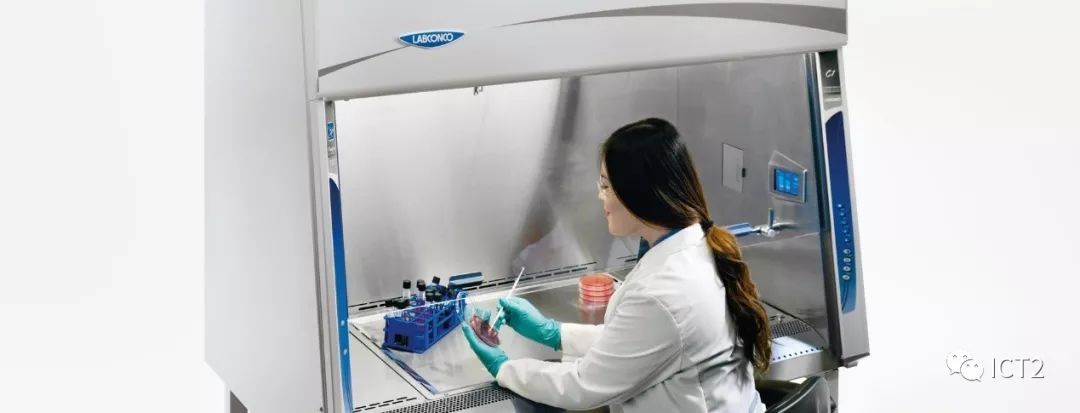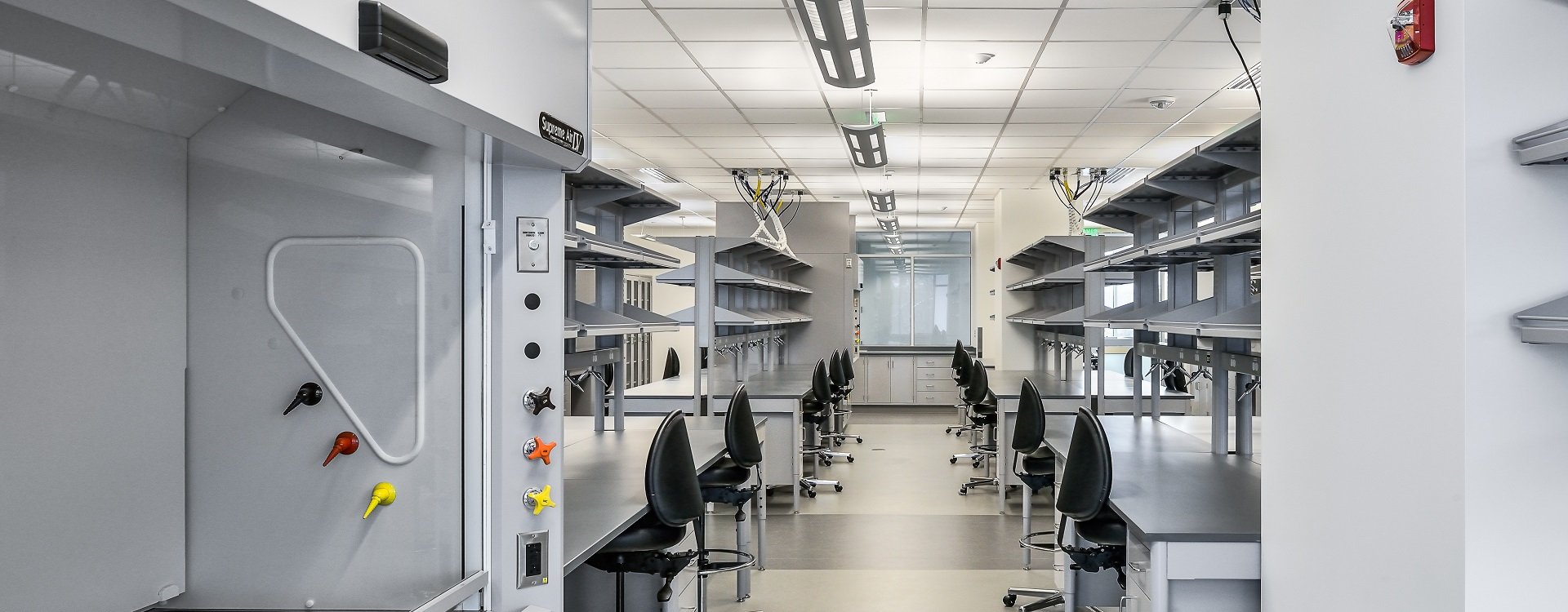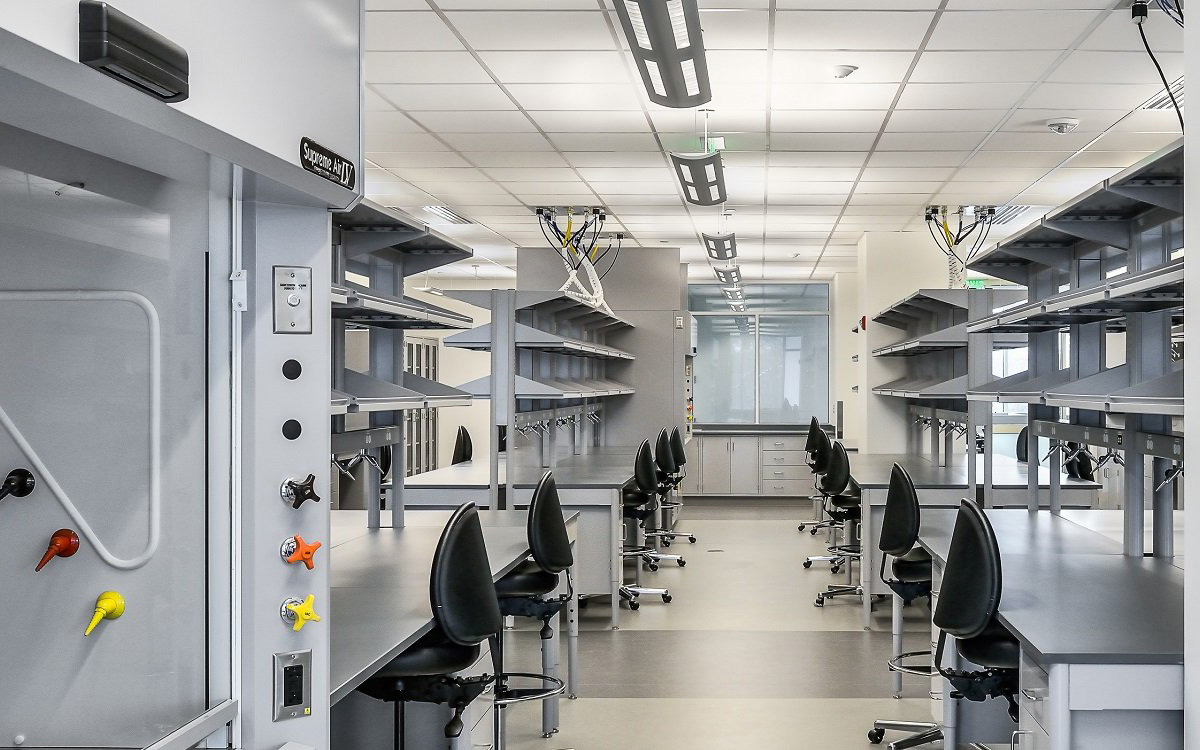What Is the Difference Between A Fume Hood and A Biosafety Cabinet?
Date: 2022-01-18 Source: RUANQI Classification: Resources
By Jessica burdg, science journalist

The fume hood is a ventilated cabinet that can remove harmful chemical smoke and volatile steam in the laboratory and only provide personnel protection. The biosafety cabinet uses HEPA filters to provide environmental, personnel and product protection.
Depending on your application, they can recycle or exhaust filtered air and are suitable for dealing with harmful particles such as bacteria and viruses. Although they are sometimes collectively referred to as "fume hoods", biosafety cabinets and fume hoods are two completely different categories of laboratory equipment. Both are built to safely deal with scientific hazards, but they differ in the type, airflow and application of protection provided.
If you want to choose a "fume hood" for the laboratory, here are some common points to consider.
Please note that incorrect selection or use of equipment will have a significant impact on health and safety, so please be sure to consult your safety management personnel according to your specific application.

1 Protect
Knowing what type of protection you need is the first step in selecting the appropriate laboratory cabinet. Biosafety cabinets provide environmental, personnel and product protection, while fume hoods only provide personnel protection.
2 Air flow
2.1 air flow of fume hood
Since fume hoods handle hazardous chemicals (see application below), air starts from the equipment surface, passes through the working surface and is sucked away through the piping system, where it is diluted and released to the atmosphere.
In fume hoods, proper and undisturbed airflow is essential. Do not store large equipment in the fume hood, and do not do anything that may damage the air flow in the equipment. In order to maintain a safe and efficient working environment, do not place your head in the fume hood and keep the window frame closed as much as possible.
2.2. Biosafety cabinet airflow
The three types of biosafety cabinets (see the changes below) have a common feature: HEPA filtration.
·In the class I biosafety cabinet, the air is sucked away by the laboratory staff and passes through the working surface.
·In the level II biosafety cabinet, the intake air is safely pumped around the operator, the sterile air flows down to the working surface, the discharged air is filtered by HEPA, and then recycled to the laboratory or released to the atmosphere through the piping system or roof connection.
·Class III biosafety cabinet is an airtight cabinet, and the air inlet and exhaust are filtered by HEPA.

3 Apply
·Fume hood: chemical fume hood can be used to deal with the following substances: odorous substances, toxic gases, reactive substances, chemicals that may splash, aerosols, carcinogens, combustibles or other toxic and volatile substances.
·Biosafety cabinet: biosafety cabinet provides a safe environment for research involving infectious microorganisms or other harmful particles. Depending on the type of cabinet (see below), these cabinets are suitable for agents that need to be controlled with biosafety level (BSL) 1, 2 or 3. (please note that category III cabinets can accommodate BSL 4 agents. Category II cabinets can adapt to BSL 4 applications through appropriate personal protective equipment.)
4 Change
·Fume hood: bypass chemical fume hood is the most common type and operates at a constant air volume. Auxiliary air, reduced air volume and high-performance fume hoods belong to the branch of bypass chemical fume hood. High performance fume hoods operating on variable air volume (VAV) systems are the most effective. There are also special cases, such as fume hoods that are particularly suitable for the treatment of perchloric acid (composed of acid resistant materials) and radioactive applications (with additional decontamination functions and usually require the use of filters in piping systems).
·Biosafety cabinet: class I biosafety cabinet has an open front, operates under negative pressure and does not provide product protection. The most common type of biosafety cabinet, class II, is divided into two categories: type A or type B Type II, type a cabinets recycle air back to the laboratory unless they are connected to the external roof (using odorous materials) according to the application requirements. Category II, A1 and A2 cabinets are similar, but classified by the required minimum average inflow velocity (FPM), neither type can handle work involving radionuclides or volatile chemicals. On the other hand, class II and class B cabinet hard pipes are connected to the outside of the laboratory. If microbial research is carried out inside the equipment, it is only applicable to the work containing these more harmful substances with tracer dose. Class II B1 biosafety cabinet recycles a certain proportion of air back to the laboratory, while class II B2 cabinet is completely hard pipe. The class III biosafety cabinet is completely enclosed with rubber gloves.
·Other types of chassis: please carefully select the cabinet suitable for your expected operation. The use of appropriate equipment helps to ensure the best protection of personnel and the space itself in the laboratory, and can also maintain the integrity of the work. Other relevant laboratory equipment may include glove boxes, cleaning tables and balance cabinets. If your application involves nanoparticles, there are also some fume hood options to meet your specific needs.




